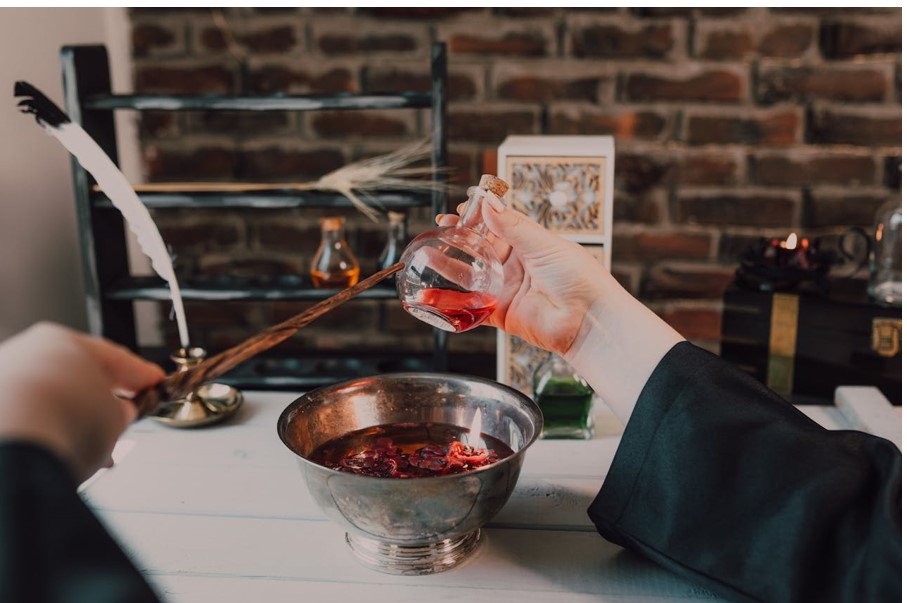 Explosive Keyword Research – Target Buyers, Not Just Traffic!
Explosive Keyword Research – Target Buyers, Not Just Traffic!
Viking Axes: History, Types, and Significance
Written by Hammad » Updated on: June 17th, 2025

Viking axes are more than just tools of war; they are emblematic of the Viking Age, representing both the martial prowess and the everyday life of the Norse people. These versatile tools served various purposes, from cutting wood to being formidable weapons on the battlefield. This article explores the history, types, construction, and cultural significance of Viking axe.
History of Viking Axes
The Viking Age, roughly spanning from the late 8th to the early 11th century, was marked by the expansion of Norse seafarers, traders, and warriors across Europe. Axes were already common tools among the Scandinavian peoples before this period, but they became a defining weapon of the Vikings due to their practicality and effectiveness. Unlike swords, which were expensive to produce and required specialized skills to wield, axes were affordable, easy to make, and could be used by virtually anyone. This practicality made axes a popular choice among Viking warriors.
Types of Viking Axes
There were several types of Viking axes, each serving different purposes:
1. Hand Axes: These were small, single-handed axes used primarily for everyday tasks like chopping wood or preparing food. However, they could also be used in battle if needed. Their small size allowed for quick, agile movements, making them effective in close combat.
2. Bearded Axes : One of the most iconic types of Viking axes, the bearded axe gets its name from the extended lower part of the blade, which resembles a beard. This design allowed the axe to be used for precision work, like woodworking, and gave it a functional edge in combat by hooking and pulling weapons or shields.
3. Dane Axes: These were large, two-handed axes with long handles, typically ranging from three to four feet in length. The blade was large and often had a pronounced curve. Dane axes were primarily used in warfare, providing significant reach and force, making them capable of delivering devastating blows. They were favored by elite Viking warriors and often associated with the huscarls, the professional warriors of the Viking Age.
4. Throwing Axes : Though not exclusively Viking, the francisca was a type of throwing axe that Vikings occasionally used. It had a distinctive curved blade and was designed to be thrown at enemies, causing chaos and disruption before the main melee.
Construction of Viking Axes
Viking axes were typically made from iron, which was more readily available and easier to work with than steel. The blade was forged by heating iron to a high temperature and hammering it into shape. Some Viking axes for sale featured a hardened steel edge welded onto the iron blade, combining the toughness of iron with the sharpness of steel. Handles were usually made from local hardwoods like ash or oak, which provided durability and strength. The length of the handle could vary, depending on the type of axe and its intended use.
Cultural Significance of Viking Axes
In addition to their practical applications, Viking axes held significant cultural and symbolic meaning. They were a common motif in Norse mythology and art, often associated with gods and warriors. For example, the god Thor wielded a mighty hammer, Mjölnir, which bore similarities to an axe in terms of its symbolism of strength and power.
Axes also symbolized the Viking way of life, which was centered around exploration, warfare, and survival. They were tools that enabled the Vikings to navigate and survive in harsh environments, defend themselves, and expand their territories. In some Viking burials, axes were placed with the deceased, indicating the weapon's importance as a symbol of status and power in the afterlife.
Conclusion
Viking axes were more than just weapons; they were essential tools that played a vital role in the daily lives and warfare of the Norse people. Their practicality, effectiveness, and symbolic power made them an integral part of Viking culture. Today, they continue to capture the imagination, serving as a powerful symbol of the Viking Age and its enduring legacy.
Note: IndiBlogHub features both user-submitted and editorial content. We do not verify third-party contributions. Read our Disclaimer and Privacy Policyfor details.
Copyright © 2019-2025 IndiBlogHub.com. All rights reserved. Hosted on DigitalOcean for fast, reliable performance.













